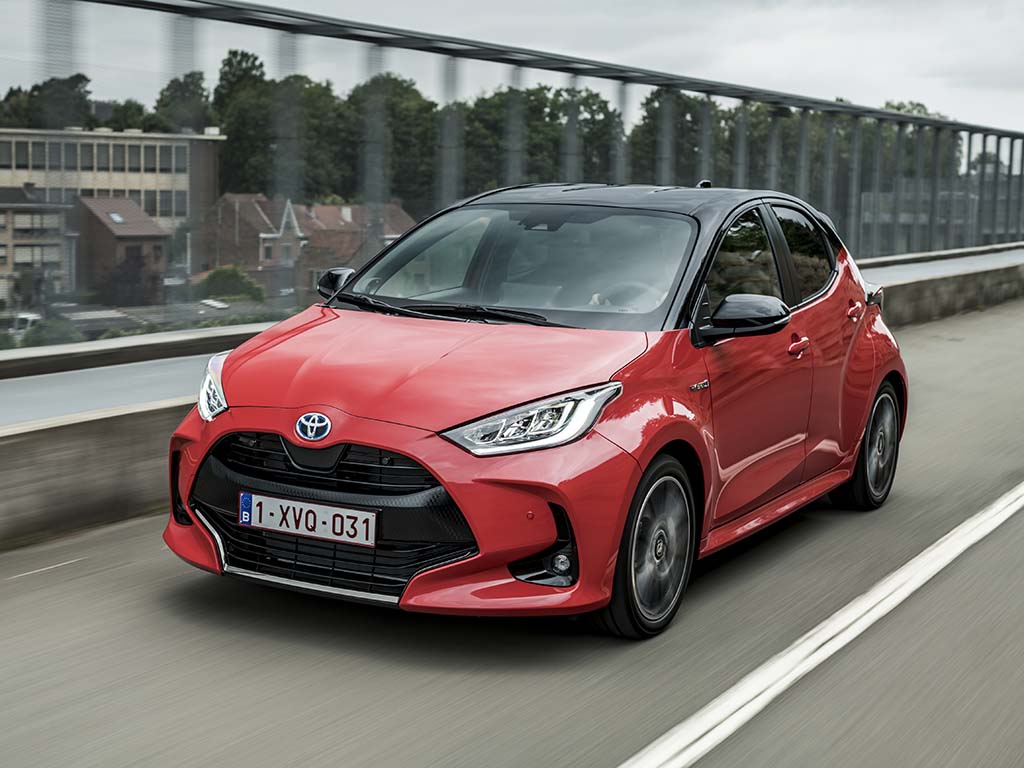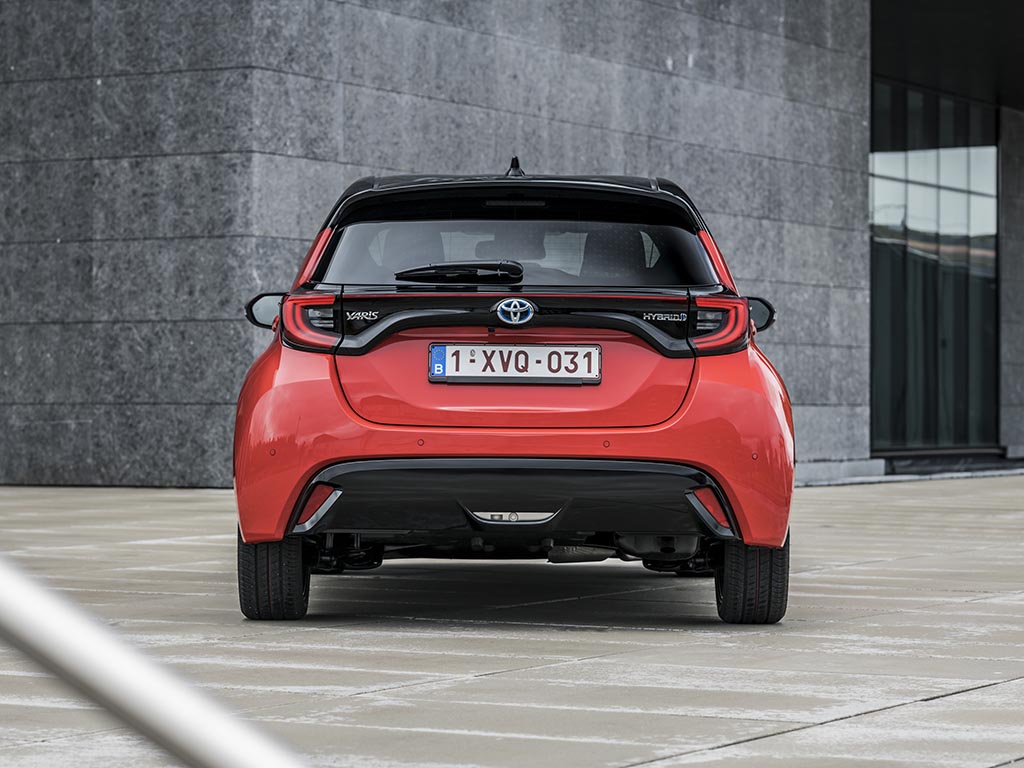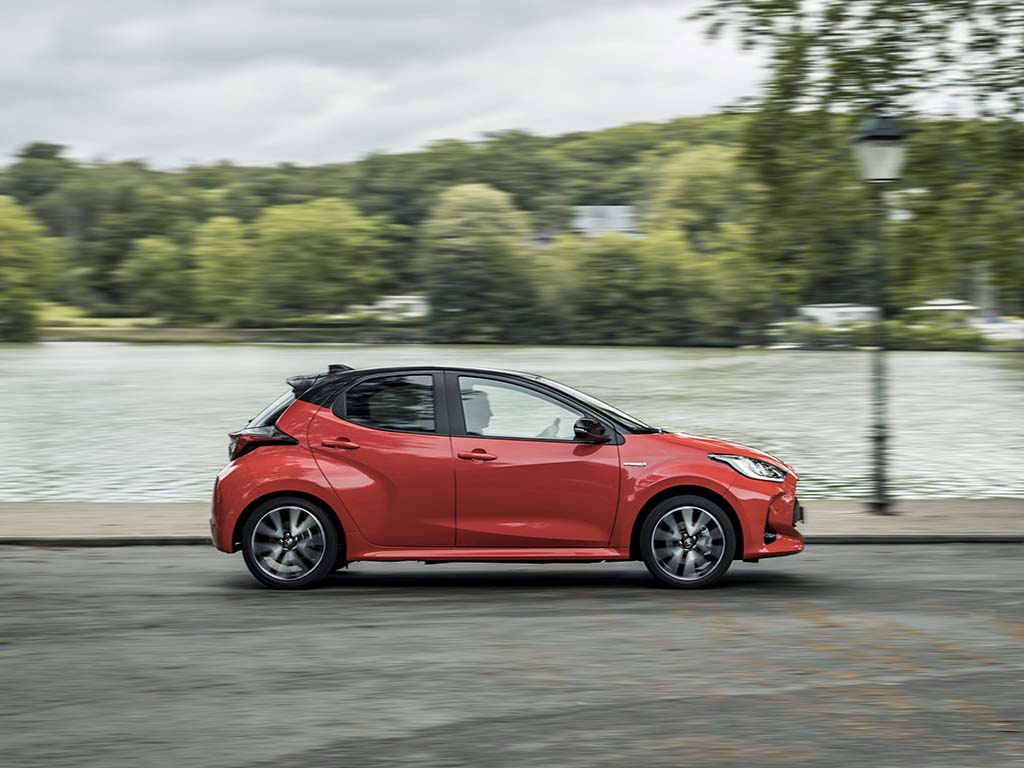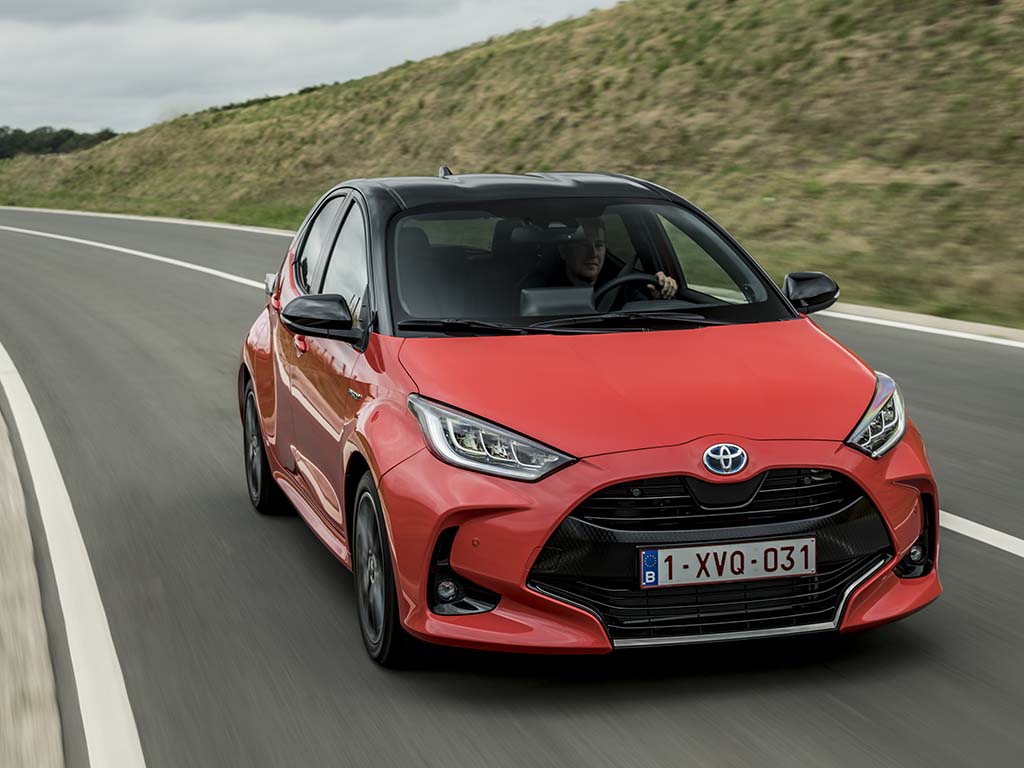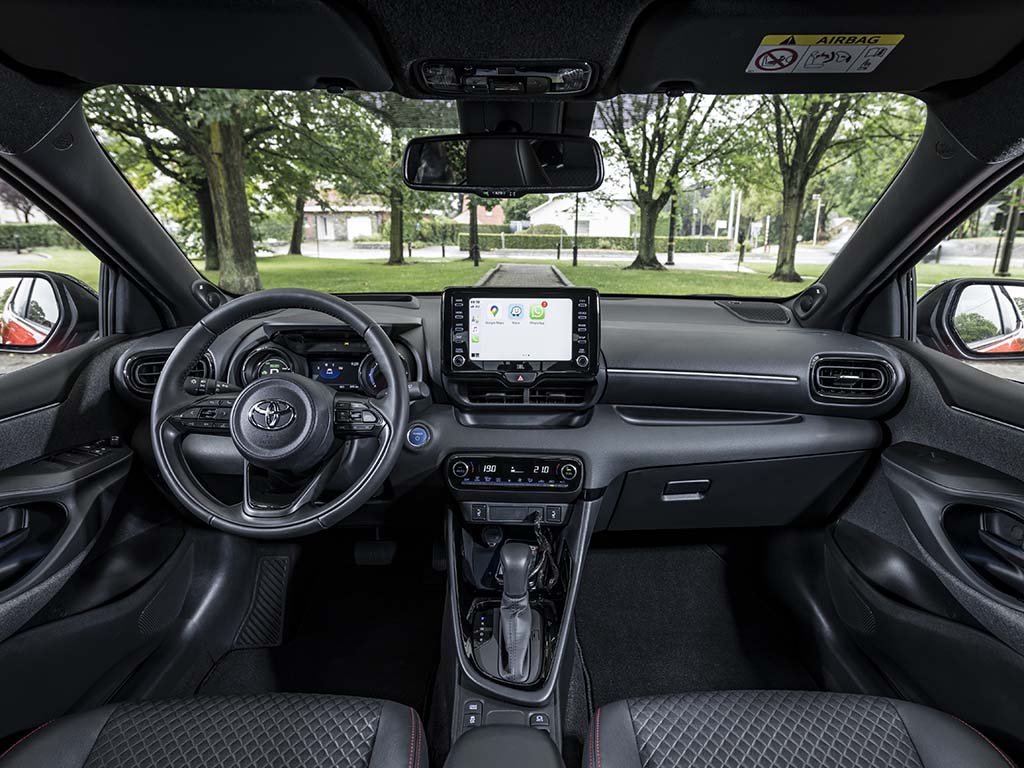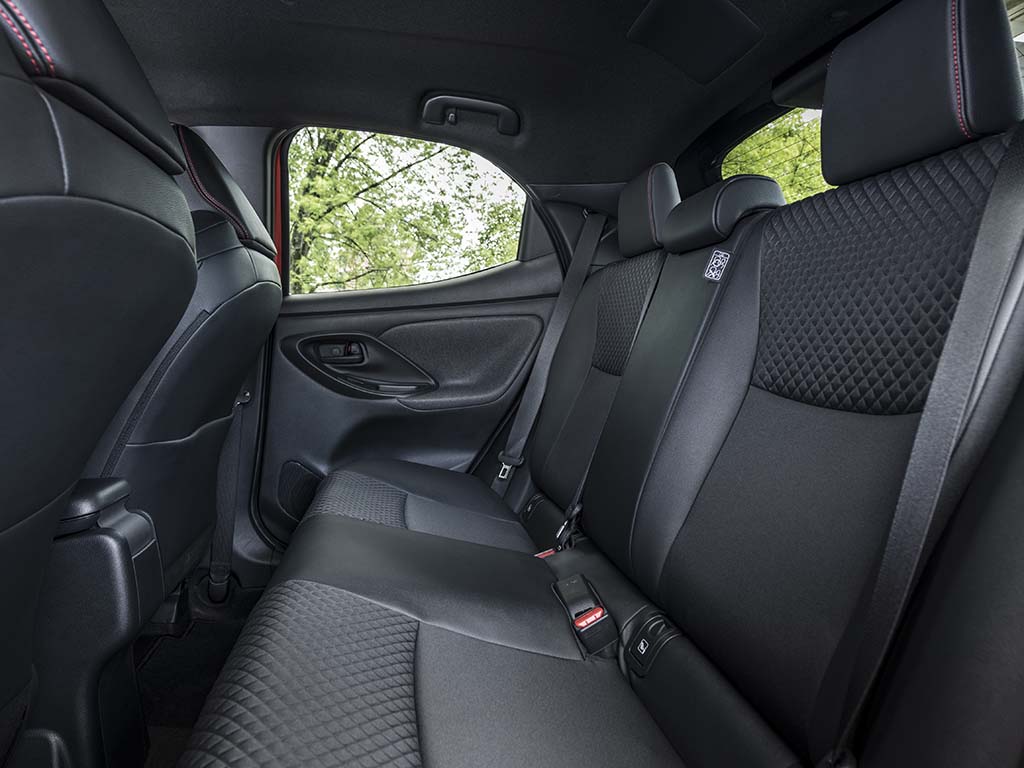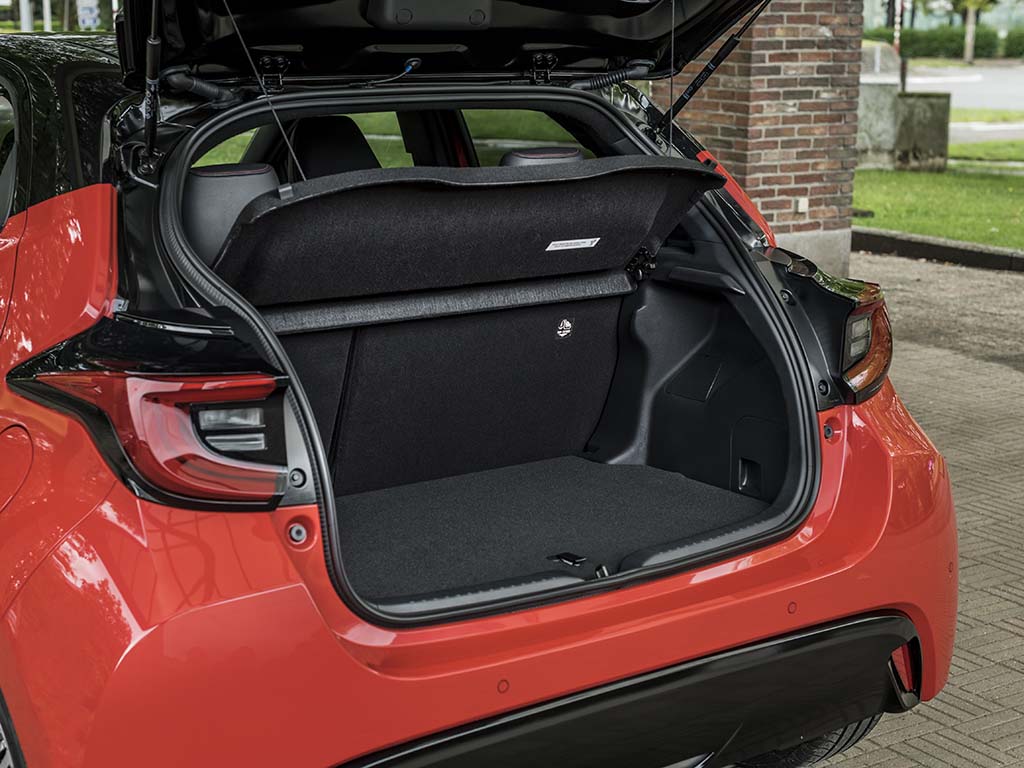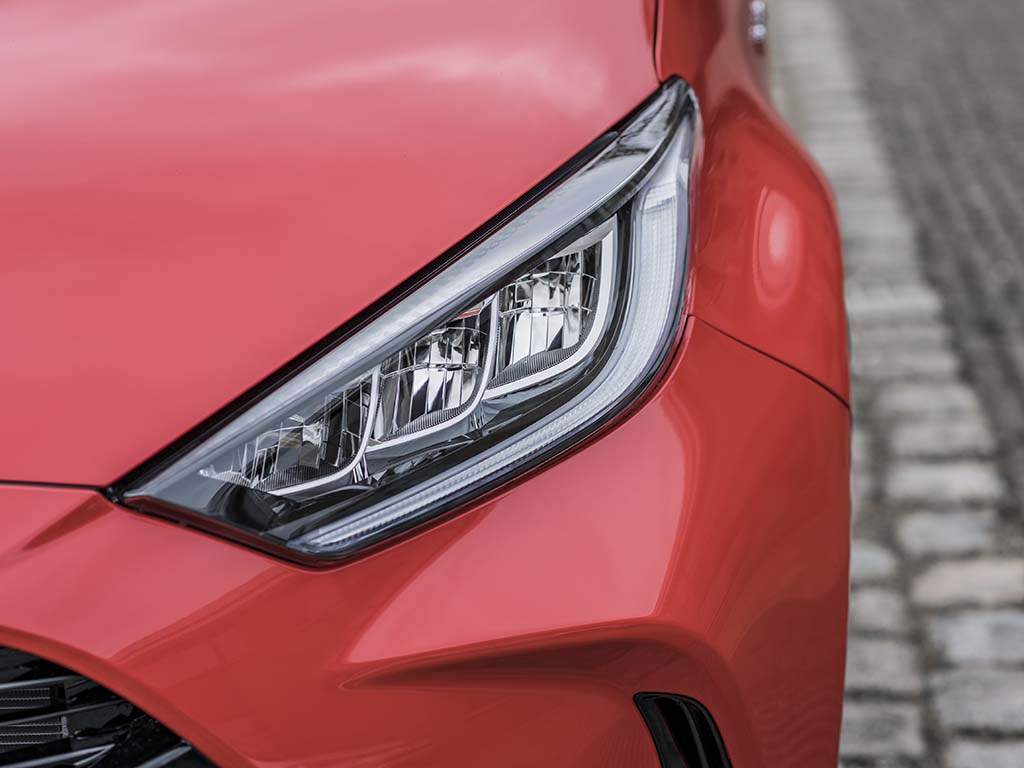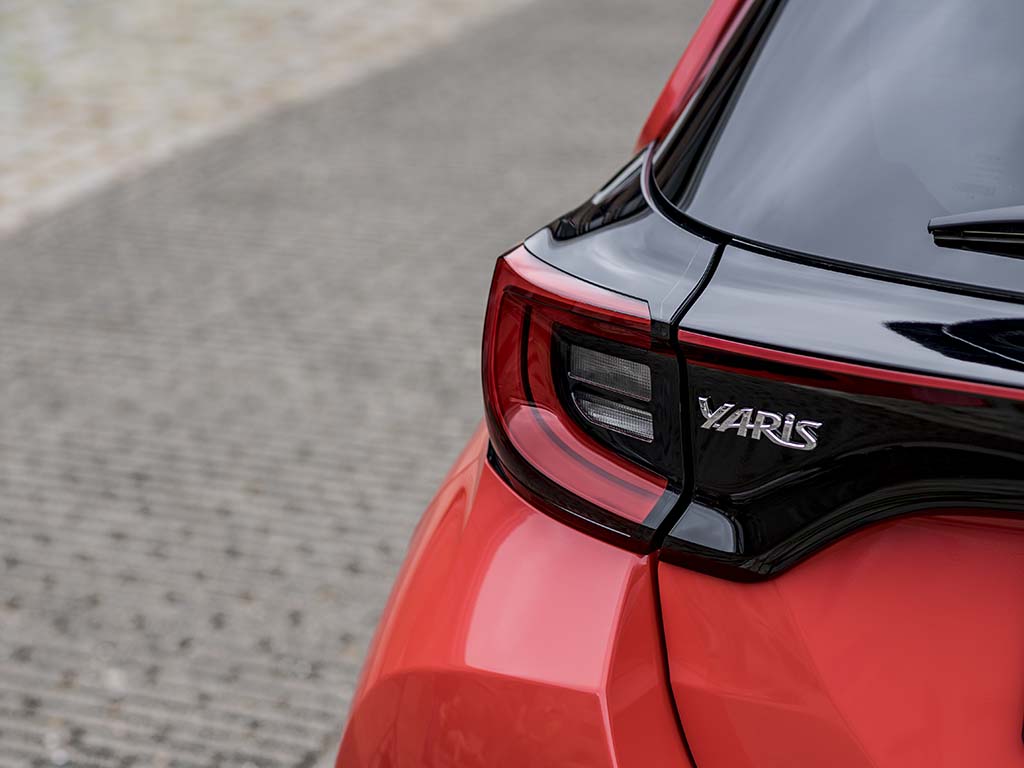Fourth-generation Toyota Yaris details revealed
Toyota’s fourth-generation Yaris brings more efficient hybrid tech, a few Toyota safety firsts and a smart new design.
- Toyota Yaris
- Toyota Yaris
- Toyota Yaris
- Toyota Yaris
- Toyota Yaris
- Toyota Yaris
- Toyota Yaris
- Toyota Yaris
- Toyota Yaris
The Yaris became Toyota’s most important model in Europe, with 2019 sales recording around 224,000 sales and the model taking 7.6% of the B-segment market, making it Toyota’s best-selling model in the region, and accounting for more than 22% of its new car business.
The new Yaris is shorter and lower, but wider than the outgoing model. However, the shortening of it hasn’t affected interior space as the new car is the first to be built on the new GA-B platform and consequently wheelbase is increased by 50mm, which also helps put the wheels in the corners where they should equate to good handling. That new architecture is also responsible for lowering the car’s centre of gravity which will make it handle better than previous, while body rigidity is also improved by 37% – which Toyota says is best in class.
The use of the GA-B platform is also said to reduce road noise and increase driver comfort.
Interior features
Inside is said to be minimal in its design, although there aren’t any photos just yet, but we’re told details include a larger area of soft-touch padding across the dashboard; soft felt inserts in the door panels; a wider front console; a lower hood for the driver’s instrument binnacle; and a small-diameter, sporty steering wheel.
The wheelbase extension also means the load compartment has grown to offer a 700mm depth and 286 litres of storage, although that’s still less than a Fiesta.
In terms of equipment, market specifics are yet to be announced, but the car will be available with an optional 10-inch colour head-up display, heated steering wheel and JBL premium audio system. A relative first for Toyota and certainly for the Yaris is the inclusion of Apple CarPlay and Android Auto smartphone integration. There’s a wireless smartphone charger available with an extra large pad to support the latest large-format mobile phones. The new Yaris is also the only model in the B-segment to offer the option of a 10-inch colour head-up display.
The MyT Toyota app allows for connected services and includes information such as a “find my car” function for forgetful types and “last mile” guidance, providing step-by-step directions if you cannot park at your destination. “Send to car” allows the driver to plan their route while they are away from their vehicle and send it to their navigation system.
New Yaris Hybrid
What the Fiesta doesn’t have, however, is the Toyota’s latest fourth-generation 1.5-litre three-cylinder hybrid powertrain, which is a derivative of the larger 2.0-litre engine fitted in the Toyota C-HR, and consequently offers very high 40% thermal efficiency. This is said to offer far superior electric-driving at speeds of up to 130km/h and is able to run for longer more concentrated spells during urban driving too.
Efficiency is said to be up by an impressive 20% overall, and despite this performance is also improved with 116hp on tap to enable 0-100km/h acceleration in 9.7 seconds. That extra power also means the car is a better performer at higher speeds, for example when accelerating from 80 to 120km/h the time has been cut by two seconds, to 8.1 seconds.
CO2 emissions have dropped to 85g/km and the combined fuel economy figure is now 3.7l/100km – another 20% improvement – Toyota said.
The 177.6V hybrid battery is now 12kg lighter than the outgoing model’s, despite packing in more current flow performance to the tune of 100%. This ensures the battery is more flexibly able to provide power needed to drive the electric motor, while also benefiting a more rapid ability to accept power from regenerative braking.
New Yaris Non-hybrid options
The new Yaris is also available with the same three-cylinder 1.5-litre petrol engine as the hybrid, but with the electric gubbins removed and instead the choice of either a with six-speed manual or a continuously variable transmission (W-CVT) with a wide range – W – in first gear. Toyota says that it delivers good economy and performance compared to competitor models, though we don’t yet know what those figures are.
In certain markets (to be confirmed), a 1.0-litre three-cylinder petrol engine, similar to the one featured in the previous-generation Yaris, will be available as an entry point to the new Yaris range.
Safety standards
Toyota Safety Sense systems are included as standard (as they have been in Yaris since 2017), as part of Toyota’s democratising of safety equipment. This includes the introduction of Advanced Driver Assistance Systems (ADAS), including Lane Trace Assist and co-operation between Adaptive Cruise Control and Road Sign Assist functions. There is also a Pre-Collision System that gains day/night pedestrian detection, daytime cyclist detection and – first for any Toyota – Intersection Assistance and Emergency Steering Assistance. Being equipped with a data collection module, the new Yaris benefits from eCall to automatically alert the emergency services to the car’s location in the event of serious impact. The new Yaris is also the first Toyota to be equipped with SRS centre airbags, fitted as standard.

